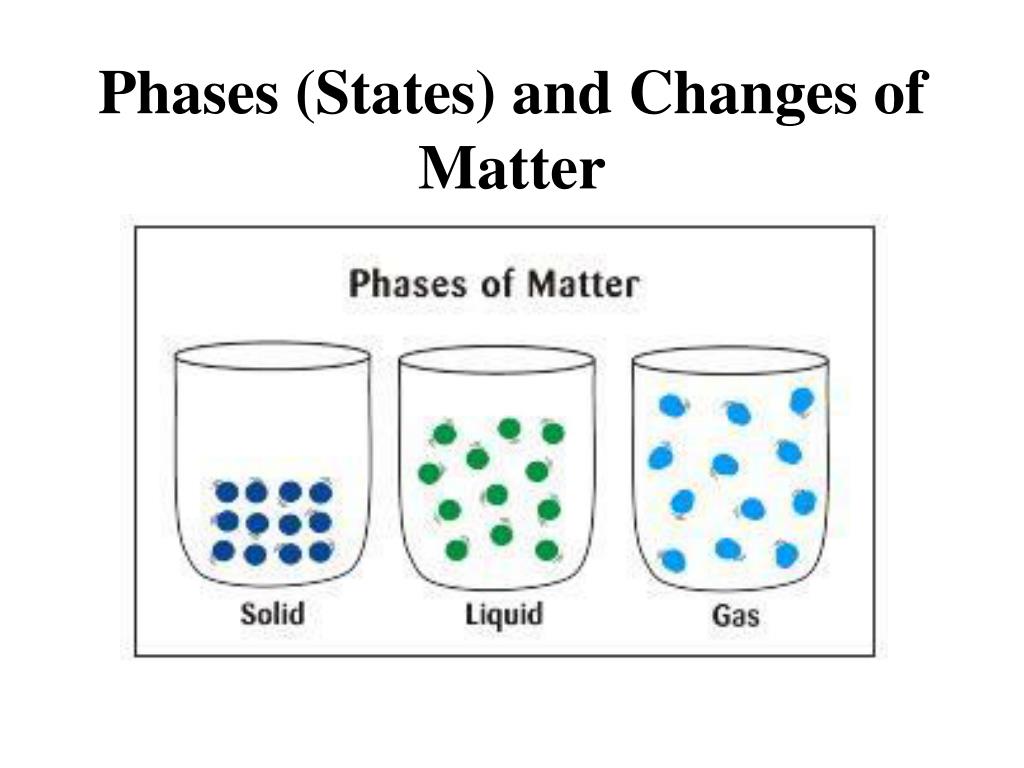

Water can evaporate from plants, animals, puddles, and the ground in addition to bodies of water. Water only gets evaporated from the ocean or lakes. The water cycle involves evaporation of liquid water, condensation of water vapor, and precipitation (rain, sleet, hail, or snow). The water cycle involves freezing and melting of water. Additionally, students may understand the water cycle on a local level and not generalize the concept to a global scale or may not understand that water has been conserved throughout time. These concrete thinkers also have a difficult time with the idea of conservation of matter in terms of water vapor and air, making evaporation and condensation particularly difficult concepts. They see the water cycle primarily in terms of freezing and melting. Younger students tend to understand the water cycle by focusing on the properties of water.

Matter expands when heated because the molecules are vibrating more quickly, loosening bonds, and increasing the space between adjacent atoms or molecules. Ice molecules have less kinetic energy than water molecules.Ĭondensation is when air turns into a liquid.Ĭondensation is water vapor in the air that cools enough to become a liquid.Ĭondensation on the outside of a container is water that seeped (or sweated) through the walls of the container.Ĭondensation of water vapor happens when the water vapor in air comes in contact with a cool surface.Įxpansion of matter is due to the expansion of the particles rather than increased space between the particles. Ice molecules are colder than water molecules. Water in an open container evaporates, changing from a liquid to a gas. Water in an open container is absorbed by the container, disappears, changes into air, or dries up and goes into the air. When water vapor condenses in the air it is visible as tiny water droplets. When steam is no longer visible it becomes air. When water boils and bubbles, the bubbles are air, oxygen or hydrogen, or heat.īubbles formed by boiling water consist of water vapor (steam). It does not store any personal data.Misconceptions About States and Changes of Matter (Water) Students may think… The cookie is set by the GDPR Cookie Consent plugin and is used to store whether or not user has consented to the use of cookies. The cookie is used to store the user consent for the cookies in the category "Performance". This cookie is set by GDPR Cookie Consent plugin. The cookie is used to store the user consent for the cookies in the category "Other. The cookies is used to store the user consent for the cookies in the category "Necessary".

The cookie is set by GDPR cookie consent to record the user consent for the cookies in the category "Functional". The cookie is used to store the user consent for the cookies in the category "Analytics". These cookies ensure basic functionalities and security features of the website, anonymously. Necessary cookies are absolutely essential for the website to function properly.


 0 kommentar(er)
0 kommentar(er)
